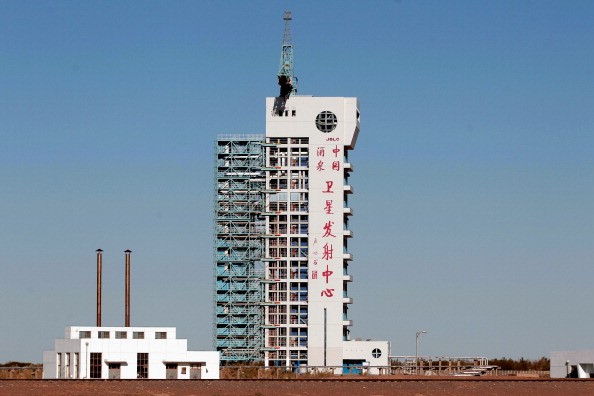In a bid to build its own space station, China announced on Sunday that it will send its second orbiting space lab in the third quarter of this year. This will be followed by a manned Shezhou-11 spacecraft in the fourth quarter of 2016. The second space lab will be called Tiangong-2, meaning "Heavenly Palace-2" in Chinese.
Tiangong-2 will be the second Chinese space lab in the space launched in a span of five years. In September 2011, China sent its first space station, Tiangong-1, which is serving as a manned laboratory as well as an experimental test-bed to test orbital rendezvous and docking capabilities
A statement issued by the China Manned Space Program said that following the successful launch of Tiangong-2, they will send Shezhou-11 with two astronauts on board. This spacecraft will try to dock with Tiangong-2 while in orbit, Xinhua reported.
Prior to the launch of Shezhou-11, China will also test launch a rocket dubbed as Long March 7 from the Wenchang satellite launch center in south China's Hainan Province to carry a cargo spacecraft that will also dock with the Tiangong-2 early on in 2017. A spokesperson of the China Aerospace Science and Technology Corp. said Chinese space scientists will explore key technologies during this period.
Stating that the scientists will be verifying cargo transportation, astronauts' medium-term stay, on-orbit propellant resupply, and undertake space science as well as application experiments on a fairly large scale, the spokesperson said that preparation for the country's space lab program is progressing steadily. Currently, the astronauts who are scheduled to be on board the Shenzhou-11 are undergoing training.
China has launched a multi-billion-dollar space program that aims to set up a permanent manned space station into service around 2022. Many view this as China's ambitions to rival Russia's now defunct space station Mir. The country hopes that the construction of its first orbiting space station will be complete by 2020.
Earlier, China Aerospace and Science and Technology Corp announced that China plans to send over 20 space missions in 2016. In addition to the launch of the Tiangong 2 space laboratory and the Shenzhou XI manned spacecraft, China also plans to launch two satellites for its native Beidou Navigation Satellite System and the Gaofen 3 for the Gaofen High-Resolution Earth Observation System, China's state news agency stated.
China Aerospace and Science and Technology Corp will also launch a communications satellite for Belarus, which will mark China's first communications satellite export to Europe.
Watch the launch of China's first space lab Tiangong-1 below:



























